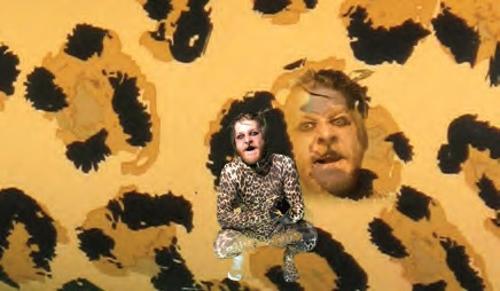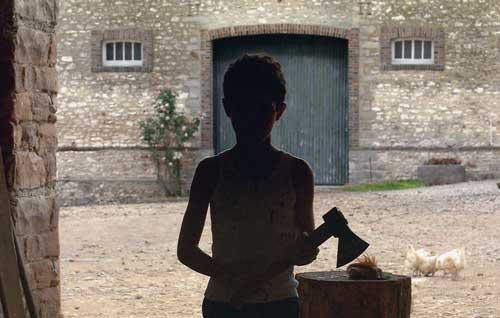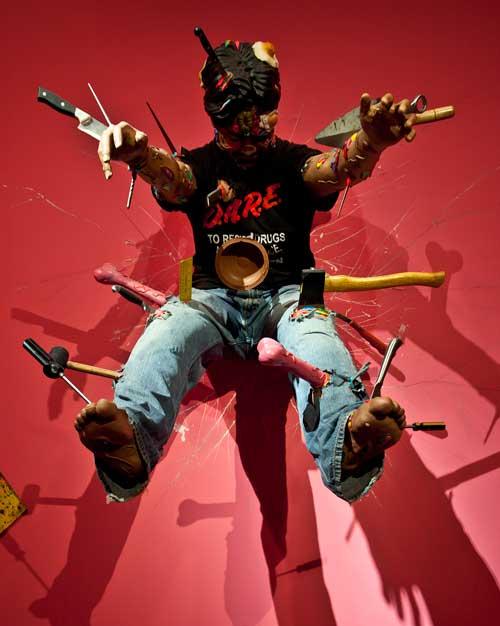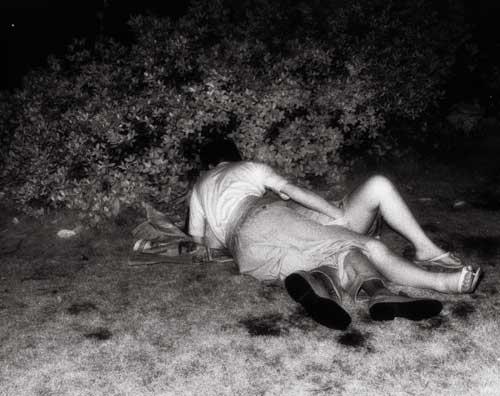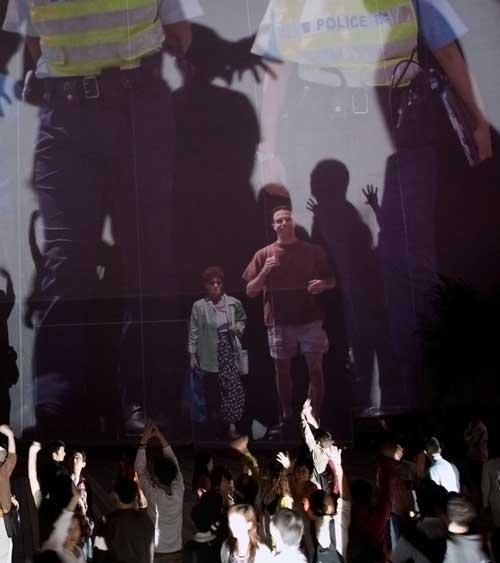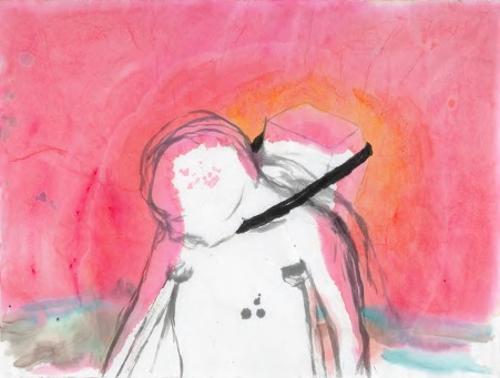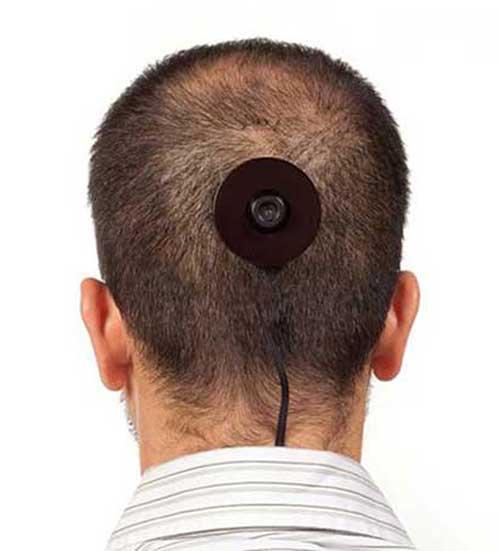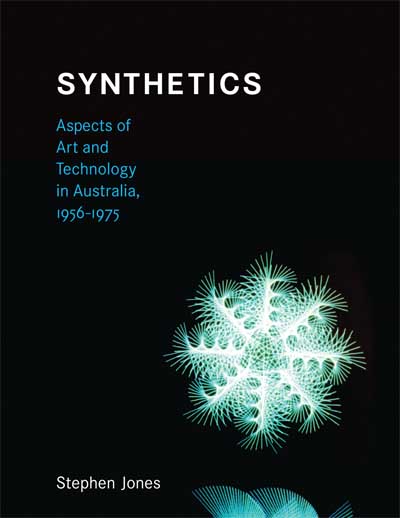
Reviewers are often tempted to discuss what books are not about; to the annoyance of their authors. I shall therefore immediately consign to the margin the observation that Synthetics is a pragmatic history. It is not a conceptual analysis of the art/science/technology and technology relationship.
Stephen Jones takes ‘technology’ to be the uncontentious name of a familiar domain, and he takes ‘art’ to be the uncontentious class name under which certain objects and activities are — sooner or later — collected together by the art world. If he has a complaint about reality at all it is that the art world is often very slow not only to catch on to what it should be collecting but, more importantly, to what it should be truly celebrating. Even now, almost 40 years after the end of his brief timeline of 1957 to 1975, he evidently fears that those pundits who once took that scourge of ‘novelty art’ Clement Greenberg as their guru have not yet been entirely ridiculed to oblivion.
This is an important book that should be read by everyone interested in the history of ideas. Unusually, its author has such solid engineering credentials, far outstripping the ordinary competence of art historians, that he can and does explain computing machinery and the electronic production of sounds and imagery in a lucid way. Also, beyond the range of the competences that tend to dominate in art writing he deals not only with those artists who now enjoy museum respectability and deferential notices in Art Prices Current but also with a great many significantly creative people whose names will not be familiar to art historians.
The science and technology of the twentieth century offered a challenge to the dogma that artists are those scientifically illiterate individuals who are judged by a benign cabal of cognoscenti to have the regular knack of generating aesthetically admirable objects by manipulating coloured pigments in an expressive way. Responses to this challenge took both a radical and a moderate form.
The moderate response of the art world was to concede that, no matter how alien and distasteful it might be, technology did offer artists the resources of new media, very much as oil paint had once fruitfully offered up to them a new medium. Adventurous artists should be commended for exploiting every means available to them for the production of aesthetically admirable things. Aided by the comparatively recent popularity of abstraction in art, early enthusiasts for ‘computer graphics’ trudged laboriously down this path, despite the frustration of — for example — those students in the Sydney Tin Sheds workshop who were offered the cooperation and facilities of the Basser Computing Department. Programming wasn’t easy and it would be many years before we were overwhelmed with what came to be called ‘user-friendliness’.
The more radical response was part of a wider shift in understanding. The dogma that things qualify as works of art by being aesthetically admirable lost its credibility. The question was posed: ‘What does it really amount to for an object to be aesthetically admirable? As contrasted, that is to say, with being politically admirable or morally, imaginatively, athletically, ideologically or compassionately admirable?’
The immediately unanswerable nature of this question licensed artists to put it temporarily in the too-hard basket; meanwhile simply going to the place where the most creative of them went for inspiration in the fruitful twenty years covered by this book. That is to say, they went to the exploding front of cultural change where computing, electronics and later bio-engineering, led the way.
After some preliminary spadework the book begins with the work of Doug Richardson, a programmer who made the trudge from laboriously pretty computer graphics to the point at the very end where he is approvingly quoted as the prophet of a possible form of life. He wrote ‘The real dream I had was that we would be able to create visual pictures as easily as [we] can speak ... in the same way that dolphins seem to be able to carry on two lines of conversation … ’
Speculation like this about a possible human future does not illuminate those tediously familiar art-historical accounts of the ways in which successive styles roll dialectically forward in pursuit of some elusively ineffable aesthetic satisfaction. It is speculation in which artists are assigned a positive practical role in cultural evolution: a role that is not merely decorative and, desirably, comforting. Whether artists are really up to it is still an open question.

